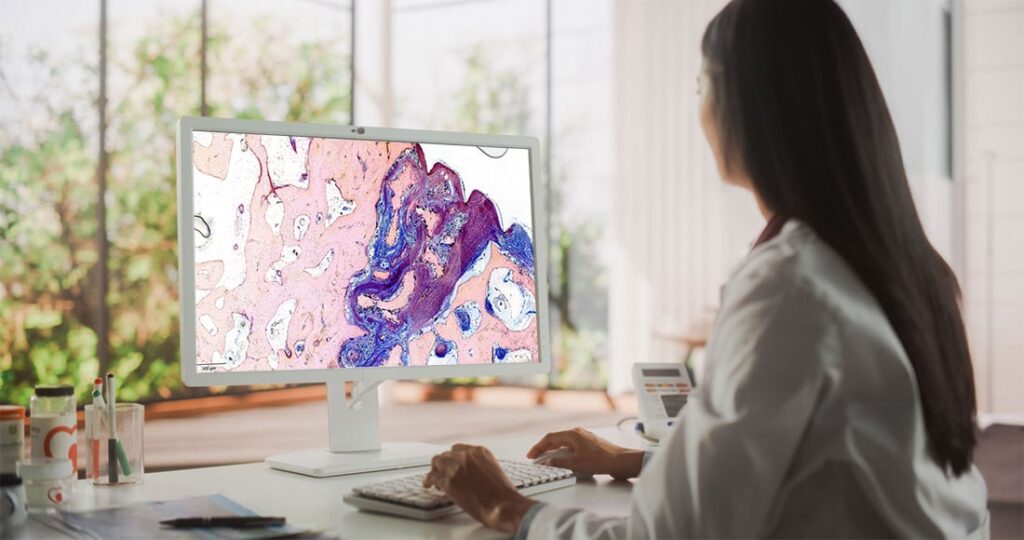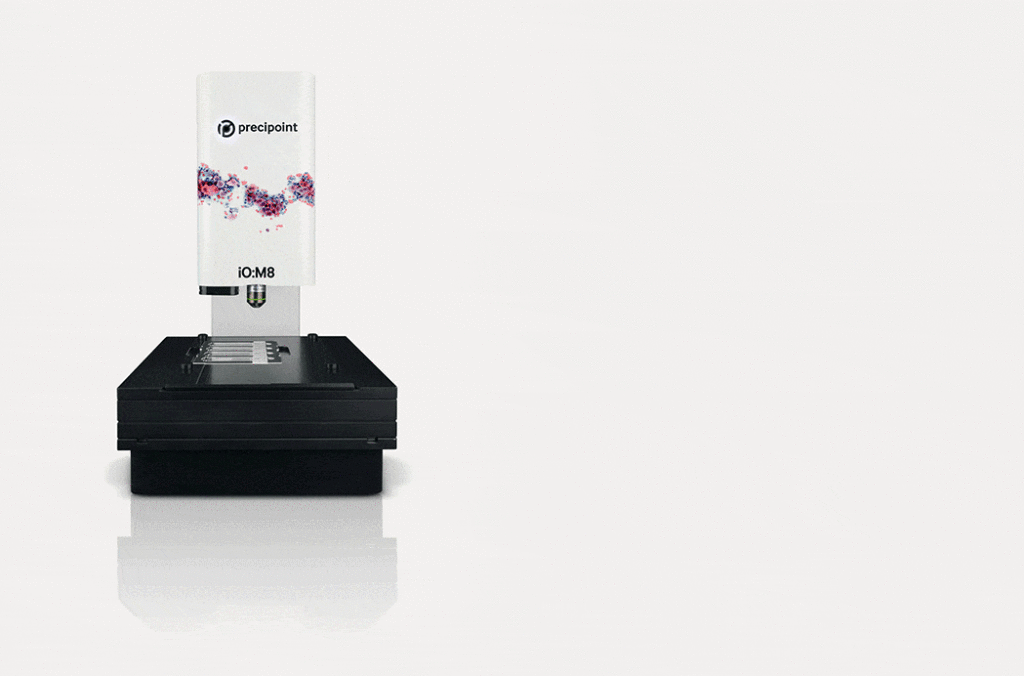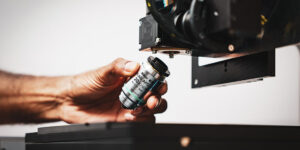Synopsis
Misconceptions surrounding digital pathology continue to impede its widespread adoption globally. Despite significant advancements in recent years, the field remains relatively unfamiliar to many diverse medical professionals for several reasons. Due to this lack of knowledge, numerous flawed assumptions or myths have emerged, thereby hindering pathology laboratories from achieving optimal outcomes. Pathologists and other stakeholders within these laboratories may misinterpret these myths, inadvertently limiting their professional growth and impeding the adoption of high-quality workflows and accurate results. Today let’s explore the prevalent myths surrounding digital pathology.
A Transformative Force in Modern Medical Practice
Digital pathology has emerged as a transformative force in modern medical practice, offering numerous substantial advantages in speed and efficiency. However, despite these benefits, certain myths persist and influence decisions regarding the adoption of digital pathology. These myths primarily stem from misconceptions about digital pathology and need to be debunked. The realm of digital pathology presents an incredible opportunity, and it is essential to address and clarify the myths surrounding it. By unraveling the truth behind these myths, you can embrace the full potential of digital pathology. Today we address 5 of the most common myths surrounding digital pathology.
Stay Ahead with Insights from Precipoint!
Welcome to our newsletter! Be the first to know about our latest products, services, webinars, and happenings in PreciPoint. Don't miss out on this opportunity to stay informed. Subscribe to our newsletter today!
By clicking “Subscribe”, you agree to our privacy policy.
Myth #1: Digital Pathology Is Not Reliable
Compared to traditional microscopy, one common myth is that digital pathology is not reliable when it comes to diagnosing diseases. However, extensive research and detailed clinical studies have proved differently. Digital pathology employs high-resolution and high-quality scanners that capture detailed images of tissue slides to view and interpret the samples. By working with digitized systems, it is possible to obtain good image quality and accurate diagnosis that often surpass traditional microscopy. It is also true that any technology that uses digitization can be used efficiently for research and medical purposes to achieve the most accurate results.

Additionally, digital pathology offers advanced tools for image analysis and enables you to quantitatively assess biomarkers and identify patterns that are not identifiable through traditional methods. As a result, it enhances diagnostic accuracy and enables the identification of subtle abnormalities that otherwise can be missed.
Myth #2: Digital Pathology Consumes Extra Time
Some believe that digital pathology consumes a lot of time. On the contrary, digital pathology optimizes workflow efficiency, leading to time savings and improved productivity. Traditional microscopy entails significant labor as you must manually scan each slide, resulting in time-consuming processes. However, digital pathology effectively addresses this challenge by eliminating the requirement for physical slide handling and at times allowing immediate viewing of multiple slides. With instant accessibility from any location, pathologists can streamline their workflow and enhance efficiency.

Previously, when a complex case required a pathologist’s consultation with colleagues, the process could be arduous, particularly if those colleagues were physically distant. With the advent of digital platforms, remote consultations, interdisciplinary discussions, collaborative efforts, and the search for expert discussions and second opinions have become easily achievable. The physical barriers of distance no longer pose significant challenges. Moreover, digital pathology significantly reduces the time required for diagnosis. You can expedite treatment decisions, leading to improved patient outcomes.
Myth #3: Digital Pathology Is Expensive
Another common myth about digital pathology is that it is prohibitively expensive to implement. Indeed, the initial implementation costs of digital pathology may be a consideration. However, over time, the long-term benefits and cost savings far outweigh the initial investment. Unlike traditional pathology, which requires additional storage space, digital pathology eliminates this need and mitigates the risks associated with losing valuable specimens. Moreover, it minimizes transportation and courier expenses, resulting in significant cost reductions.
Myth #4: Digital Pathology Compromises Patient Privacy and Data Security
When it comes to privacy, digital pathology still brings some doubts and insecurities, mostly in patients. Some believe their privacy is in jeopardy. To unmask the myth, medical experts need to educate patients and inform them that their privacy is not in danger. In all reliable digital pathology systems, stringent measures are in place to ensure the confidentiality and integrity of patient information. These measures include encryption protocols, secure networks, and user authentication mechanisms. You are also able to control who can see, share, or edit sensitive data. Most digital pathology vendors put compliance with privacy regulations as a top priority.

Myth #5: Digital Pathology is a Replacement for Pathologists
Will digital pathology replace pathologists? Quite the opposite – digital pathology enhances your practice, boosting efficiency and accuracy in your work. It doesn’t replace you. When it comes to interpreting and analyzing complex cases, integrating clinical data, and making critical diagnostic decisions, your role is crucial. Digital pathology is a supportive tool that automates your’ workflows, saves you time, generates more reliable results, and helps you concentrate on more important tasks.
Conclusion
Digital pathology brings a lot of benefits to the pathology laboratory, but because of the lack of basic knowledge, many myths are still prevalent in diverse pathology laboratories all around the world. The most common myths usually revolve around costs, reliability, time, security, and people. Many still think that implementing digital pathology is an expensive, time-consuming, unreliable, and dangerous process that will replace all experienced and talented pathologists. But that is simply not the case. Digital pathology is not a replacement for human pathologists, but a tool that improves and transforms the whole pathology workflow by bringing uncountable benefits.











